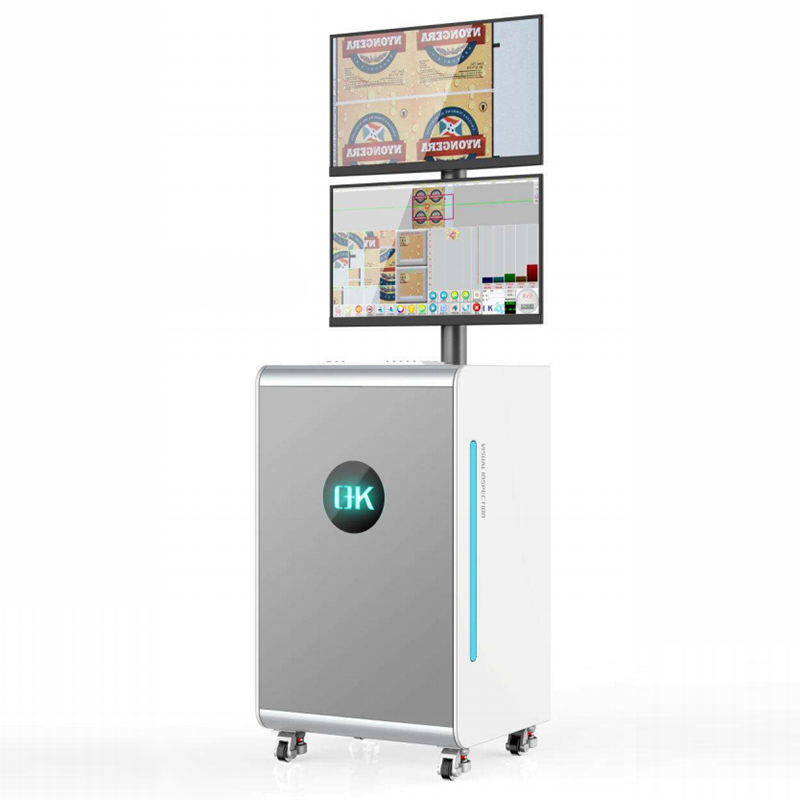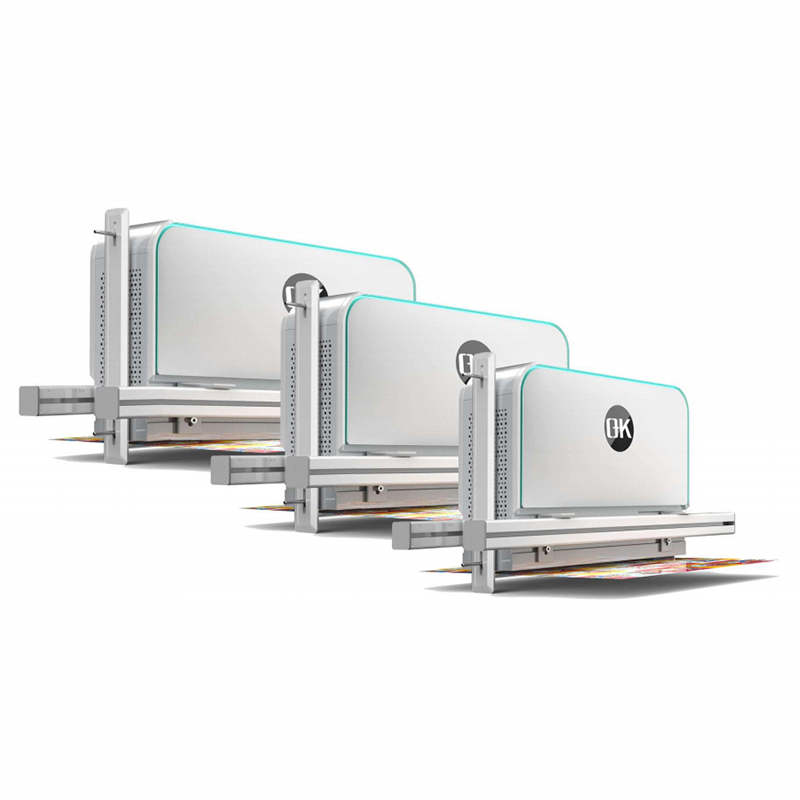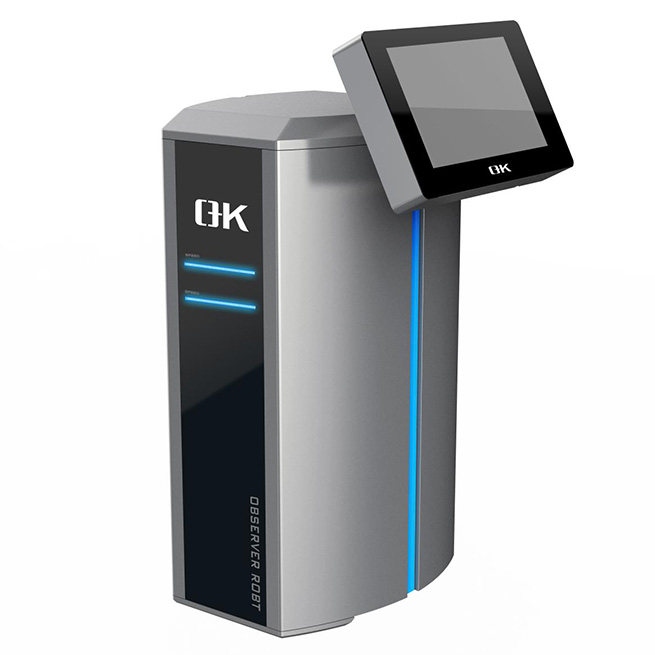Ensuring the quality and precision of printed materials is of paramount importance, be it for commercial packaging, marketing materials, or personal use. In this article, we will delve into the world of printing inspection systems, examining their roles and comparing their applications in digital and analog printing processes.

Distinguishing Digital and Analog Printing
Before we delve into the specifics of printing inspection systems, it's crucial to understand the fundamental disparities between digital and analog printing methods.
Digital Printing
Technology: Digital printing employs inkjet and laser technologies, directly applying ink or toner to the printing surface without the use of plates or cylinders.
Flexibility: Remarkably versatile, digital printing accommodates variable data printing, facilitating personalization for each printed piece.
Print Speed: Digital printers are capable of high-speed production, emphasizing the need for real-time inspection.
Analog Printing
Technology: Analog printing encompasses methods like offset, flexography, gravure, and letterpress, transferring ink onto the surface using plates, cylinders, or screens.
Standardization: Analog printing is less adaptable to variable data and is typically reserved for large print runs of identical items.
Setup: Analog printing requires more manual setup and calibration for color matching and registration.
The Vital Role of Printing Inspection Systems
In today's printing industry, printing inspection systems serve as vigilant quality control monitors. They ensure the integrity of printed products, upholding stringent quality standards. These systems play a multifaceted role in guaranteeing that printed materials not only exhibit visual appeal but also provide reliable and consistent information, encompassing aspects from color accuracy to variable data verification.

Comparing Printing Inspection Systems in Digital and Analog Printing
The stark differences between these two printing processes significantly influence the design and functionality of the inspection systems employed. Let's compare the printing inspection methods in digital and analog printing processes:
1. Inspection Criteria
Digital Printing:
Digital printing inspection systems primarily focus on color accuracy, registration (alignment of different colors or parts), and print quality (identifying nozzle dropouts, streaks, or faults).
Analog printing inspection systems also assess color accuracy and registration. However, they may need to address additional concerns such as plate wear, cylinder condition, and ink viscosity.
2. Variable Data Handling
Digital Printing:
Digital printing is ideally suited for variable data printing, necessitating inspection systems capable of handling variable data and ensuring each piece adheres to the intended design.
Analog Printing:
Analog printing processes are less flexible in handling variable data and are primarily utilized for high-volume print runs of identical materials.
3. Print Speed
Digital Printing:
Digital printers often operate at higher speeds than analog printing presses, making real-time inspection a critical aspect.
Analog Printing:
Analog printing presses may have slower production speeds, allowing more time for inspection during the printing process.
4. Setup and Calibration
Digital Printing:
Setting up inspection systems for digital printers is typically simpler and requires fewer manual adjustments due to built-in controls for color and registration.
Analog Printing:
Analog printing presses necessitate more manual setup and calibration of inspection systems to ensure precise color matching and registration.
5. Cost and Maintenance
Digital Printing:
Digital printing inspection systems, often integrated with the digital printer and featuring fewer moving parts, can be less expensive to set up and maintain.
Analog Printing:
Analog printing inspection systems may be more complex and costly due to additional components like web guide systems and tension control systems.
6. Waste Reduction
Digital Printing:
Digital printing inspection devices help minimize waste by detecting faults early in the printing process, reducing the need to discard misprinted materials.
Analog Printing:
Analog printing inspection systems also contribute to waste reduction but may not be as efficient as their digital counterparts.

In Conclusion
Printing inspection systems serve as diligent guardians of print quality, ensuring the final product meets or exceeds expectations. While these systems benefit both digital and analog printing processes, each comes with its own set of requisites and challenges.
Digital printing inspection systems excel in managing variable data, offer cost-effectiveness, and are well-suited for high-speed printing. On the other hand, analog printing inspection systems require more human calibration and may be better suited for high-volume, uniform print runs.
Ultimately, the choice of a printing inspection system should align with the specific demands of the printing process and the desired print quality. Whether digital or analog, the ultimate objective remains constant: delivering high-quality printed materials that leave a lasting impression.




